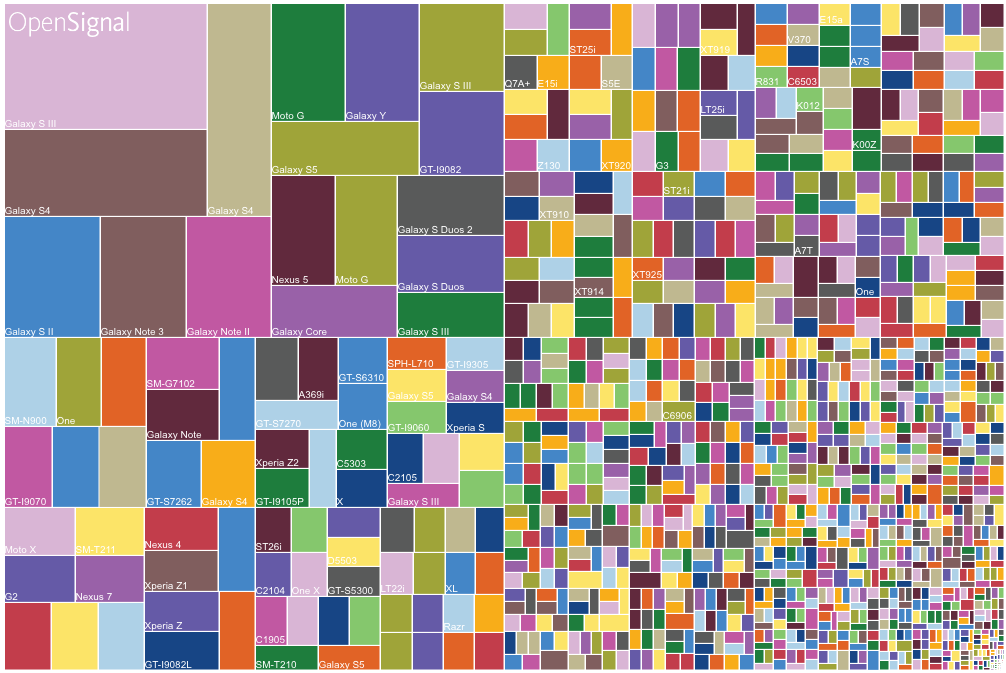Quality Assurance (QA) testing is vital to the success of any digital platform, whether it is a mobile app, website, SaaS, etc. While most retailers and brands are serving their customers with e-commerce apps and websites, there is also an important movement to use these platforms, especially mobile apps, to improve customer retention.
Today, more and more brands are incorporating their customer loyalty program or rewards program into mobile apps, mobile wallet, and/or websites. Companies like Starbucks, McDonald’s, Chic-fil-A, Marks & Spencer have all successfully joined their customer loyalty programs within their mobile apps, making them easier to use.
Digital Customer Loyalty Programs: The Benefits
A customer loyalty program is a way in which retailers or brands can retain and engage their customer base while also driving sales and expanding their share of the market.
In general, these programs are beneficial due to the greater value that repeats, loyal customers bring to the table. In fact, research shows that repeat customers, on average, spend 67% more per transaction than new customers.
At the same time, marketing initiatives designed to retain customers are also less expensive than customer acquisition efforts. According to a research done by Frederick Reichheld of Bain and Company, the cost of gaining customers can be up to 25 times more expensive than efforts to retain existing customers.
Furthermore, data obtained from customer loyalty programs can enable brands and retailers to provide personalized service to their customers. This is essential amongst all customers, but especially Millennials and Generation Z customers who seek offers and experiences that are tailored to their needs and interests.
More importantly, digitizing a customer loyalty program by incorporating it into a mobile app can enable retailers and brands to resolve various challenges that have traditionally limited the success of these programs.
Greater Access
The ability to access a customer loyalty program via a mobile app can make it much easier for consumers to sign up for the program as well as use it.
The ability to use a loyalty program via an app also resolves a traditional problem with customer loyalty programs: customers who either lose or forget to bring rewards card with them while shopping.
The French cosmetic giant Sephora has done this with their Beauty Insider app, which is integrated with users’ mobile wallets. This, in effect, allows customers to access the program via a mobile app to make and track purchases, and automatically redeem their reward points.
More Personalization
Integrating a customer loyalty program with a mobile app or website can also do a lot for personalization. When customers browse and click on products via the brand's app or website, valuable information can be collected that can later be used to create personalized product recommendations that are relevant to the customer. Brands can also leverage in-store and online purchases to engage their customers with personalized offers or relevant product recommendations.
Drive Engagement
Some brands have also managed to utilize their customer loyalty apps to drive customer engagement in diverse ways. While most programs reward customers for their purchases, brands like Walgreens and The North Face take one step further by rewarding their customers for more than just their purchases.
Walgreens, for example, uses their Balance Rewards app to encourage their customers to live healthier lives. The app allows members to earn points for actions that contribute to a healthier lifestyle such as exercising, monitoring their blood sugar levels, and much more. The points earned from these actions can then be used on Walgreen purchases.
Image: Walgreen's Balance Rewards program enables members to earn points in a variety of ways.
Walgreen’s Balance Rewards app can even be connected to devices like a smartwatch or blood sugar monitor, which automatically records customers' activities in the app and earning them additional points.
Similarly, The North Face uses its loyalty program to reward customers for more than just purchases. Members use the North Face app or website to manage their rewards program as well as earn points for various activities such as participating in official events, taking surveys, reviewing products, sharing a coupon code, and more.
By creating a customer loyalty program that goes beyond the standard purchase-reward scheme, Walgreens and The North Face are able to drive engagement in ways that foster a more meaningful brand-customer relationship.
How to Test Customer Loyalty Apps
To fully gain the benefits of digital loyalty programs, QA testing is essential. To help, we detail 3 mobile app testing tips to better asses customer loyalty programs.
Execute scenario-based tests
Whether building a new app or updating an existing one, it is a great idea to execute a scenario-based test or guided test to ensure all the app’s functions, even those not associated with the customer loyalty program, operate as intended.
To build thorough test cases, it is recommended to base the test cases on the app's user stories to make sure the test cases validates each function as they are intended to work. While it may seem tedious, it is better to produce detail-orientated test steps that help the tester execute each test case appropriately.
Test Over Multiple Configurations
When it comes to mobile app testing, it is extremely important for retailers and brands to execute test cases across multiple configurations.
Simply put, the smartphone market is saturated. With dozens of brands each producing numerous models that each possess a variety of screen sizes, mobile apps and websites need to contend with an unimaginable amount of mobile configurations.
At the same time, different operating systems like Apple’s iOS and Google’s Android OS as well as the different versions of those operating systems (iOS 13.2.2 vs iOS 13.2.3) create additional configurations that apps must work contend with. In the end, the differences between both the hardware and software specifications of each smartphone create unique conditions that can produce software bugs affecting the app in a variety of ways.
 Image: Android fragmentation in 2015. Each tile represents a unique smartphone configuration. The size of the tile represents its share of the Android market.
Image: Android fragmentation in 2015. Each tile represents a unique smartphone configuration. The size of the tile represents its share of the Android market.
Mobile app testing across a collection of different configurations enables QA testers to uncover bugs that result from fragmentation. To account for 90% of risks associated with fragmentation, it is recommended to test mobile apps or websites across 25 different configurations.
If not, fragmentation can open the door to a variety of bugs that can wreak havoc on the mobile app.
Perform real-world test cases
Since loyalty programs are often used in-store, mobile app testing in the real world is quite beneficial. Executing test cases in the field can reveal bugs or anomalies that can hinder the overall performance of a mobile app.
These test cases should simulate how customers will use the mobile app both in-store and while online. This can include a number of actions such as scanning products to receive more product information, adding items to a wishlist, paying for purchases, checking and using reward points or discounts, etc.
By executing test cases in the real world, it is possible to uncover bugs that can limit the effectiveness of a mobile app, especially its functions that are key to the customer loyalty program.
One way to do this is by taking advantage of crowdtesting in order to execute a mobile app test using real testers with real devices located in the markets or areas that are most relevant to a brand or retailer.
To learn more about testing applications, feel free to download our white paper below that provides a number of insights into testing shopping apps.


.png?width=975&height=487&name=Customer%20Loyalty%20(1).png)

.png)
 Image: Android fragmentation in 2015. Each tile represents a unique smartphone configuration. The size of the tile represents its share of the Android market.
Image: Android fragmentation in 2015. Each tile represents a unique smartphone configuration. The size of the tile represents its share of the Android market. 


